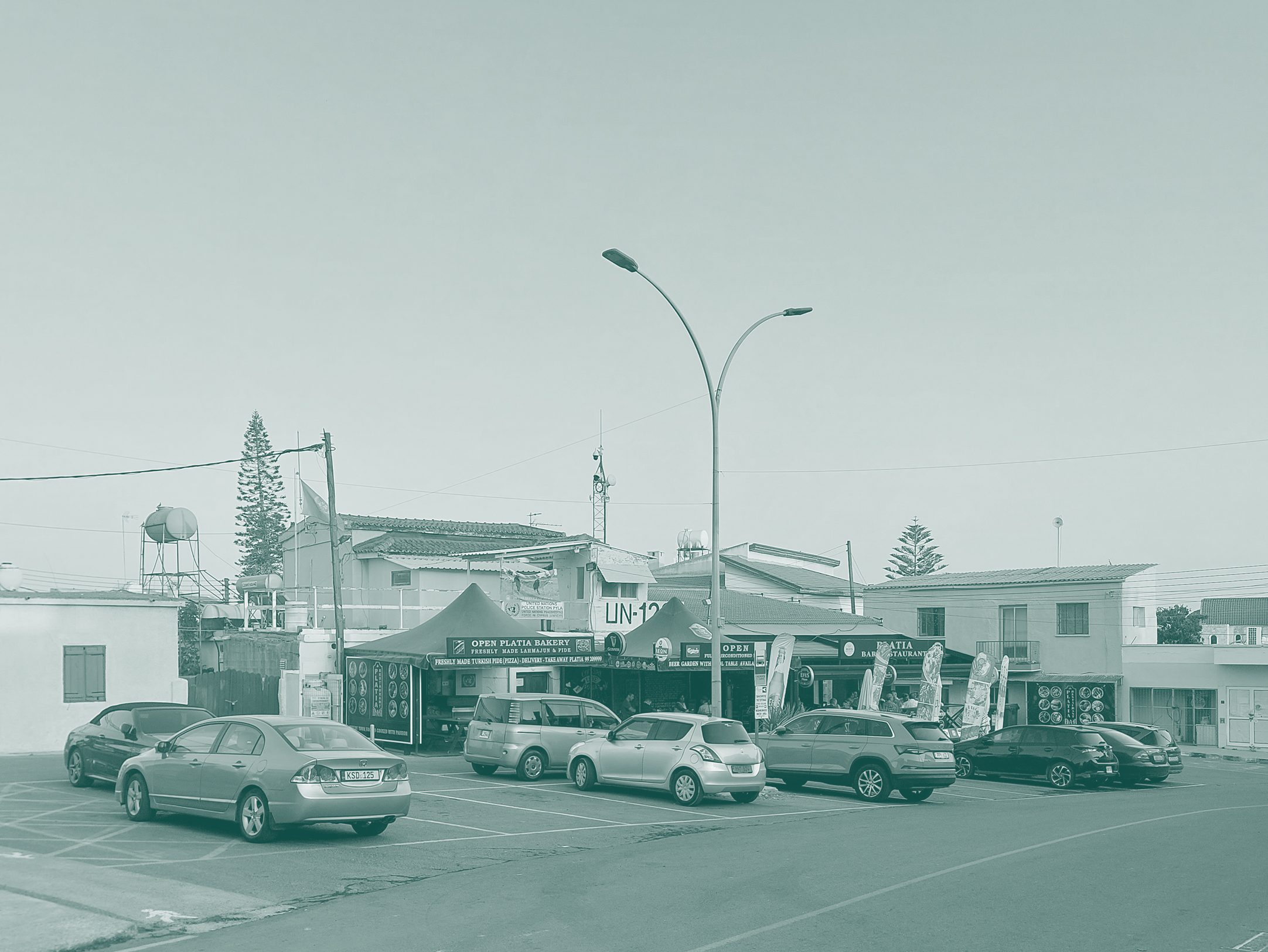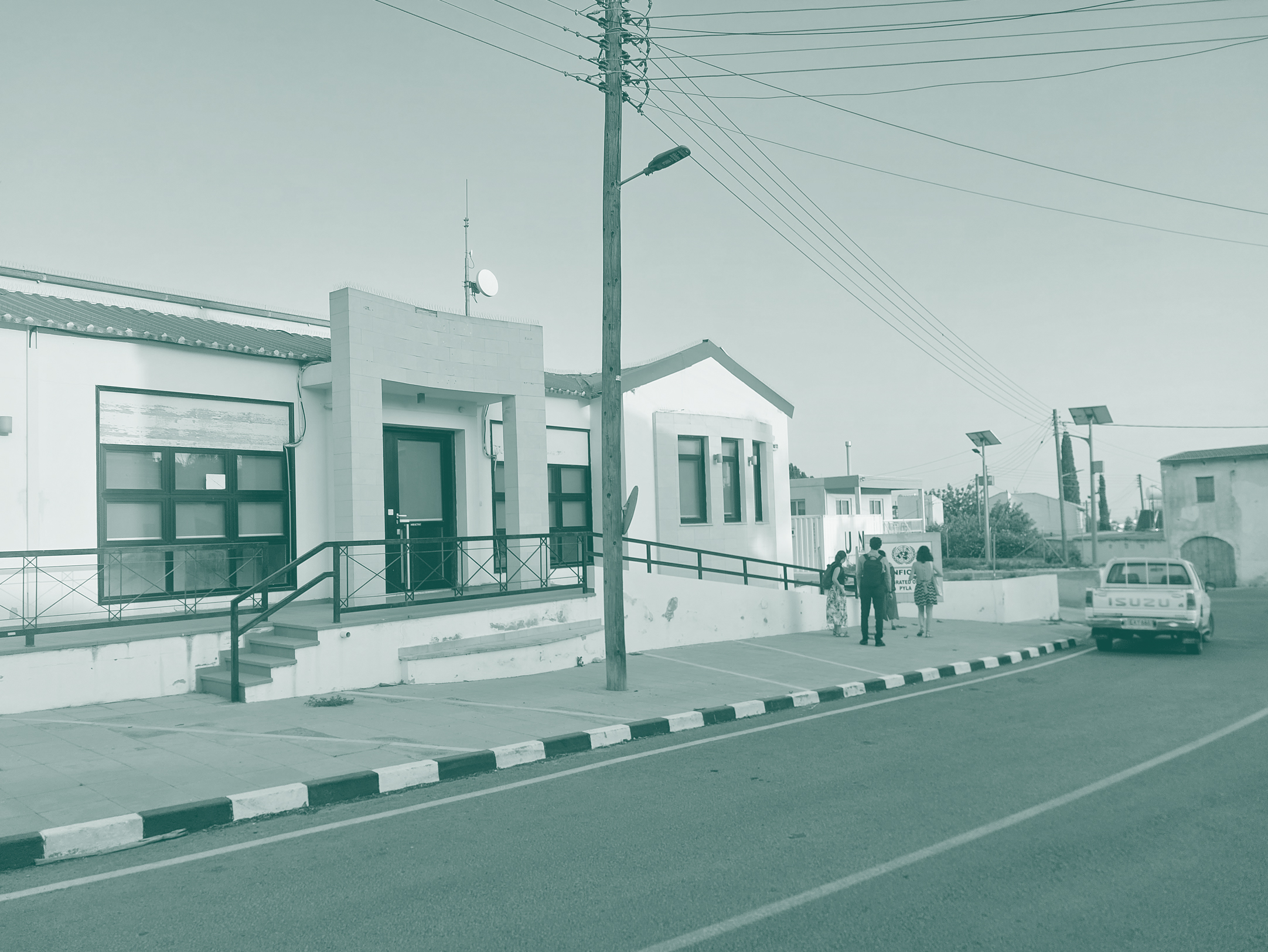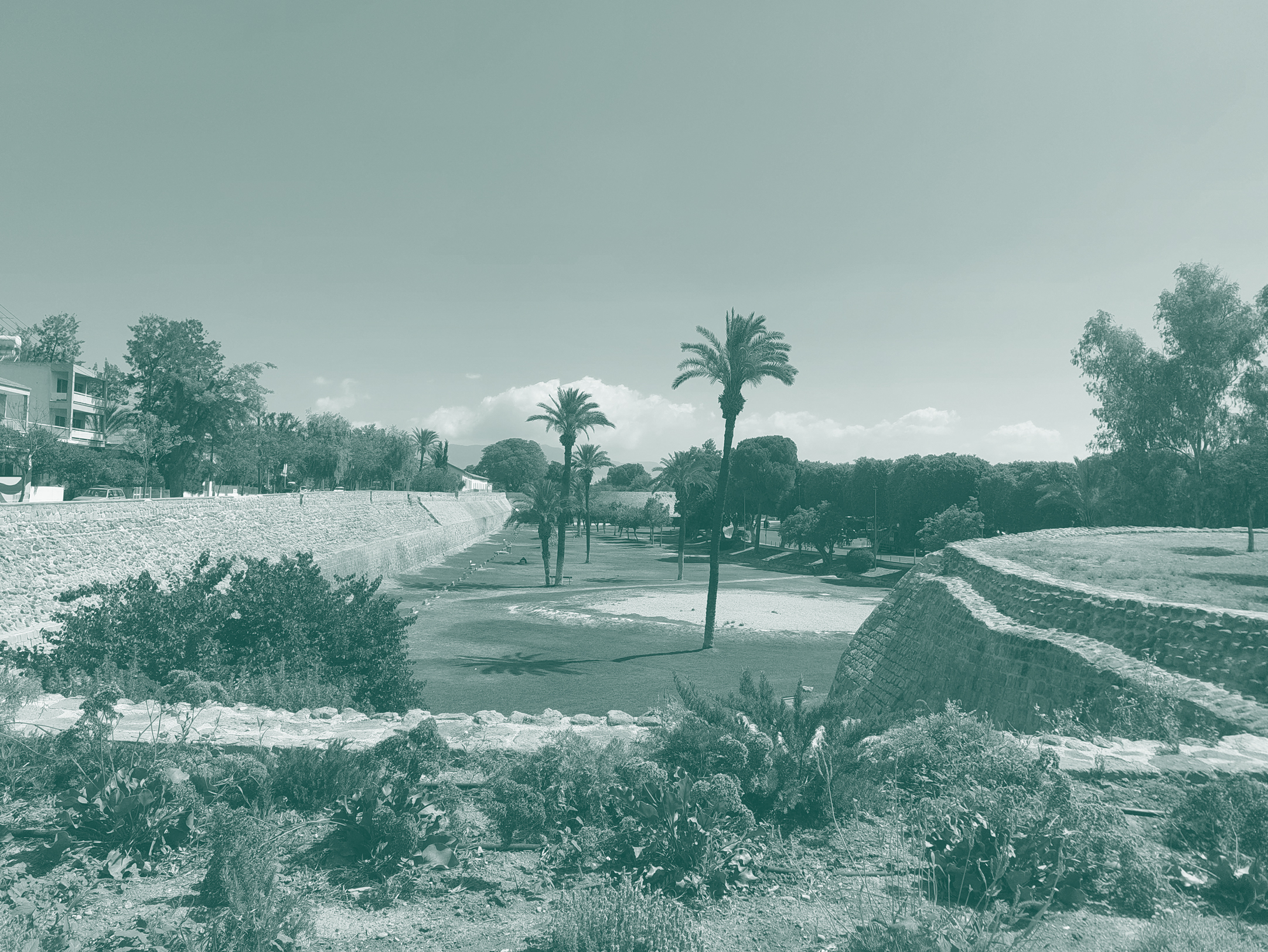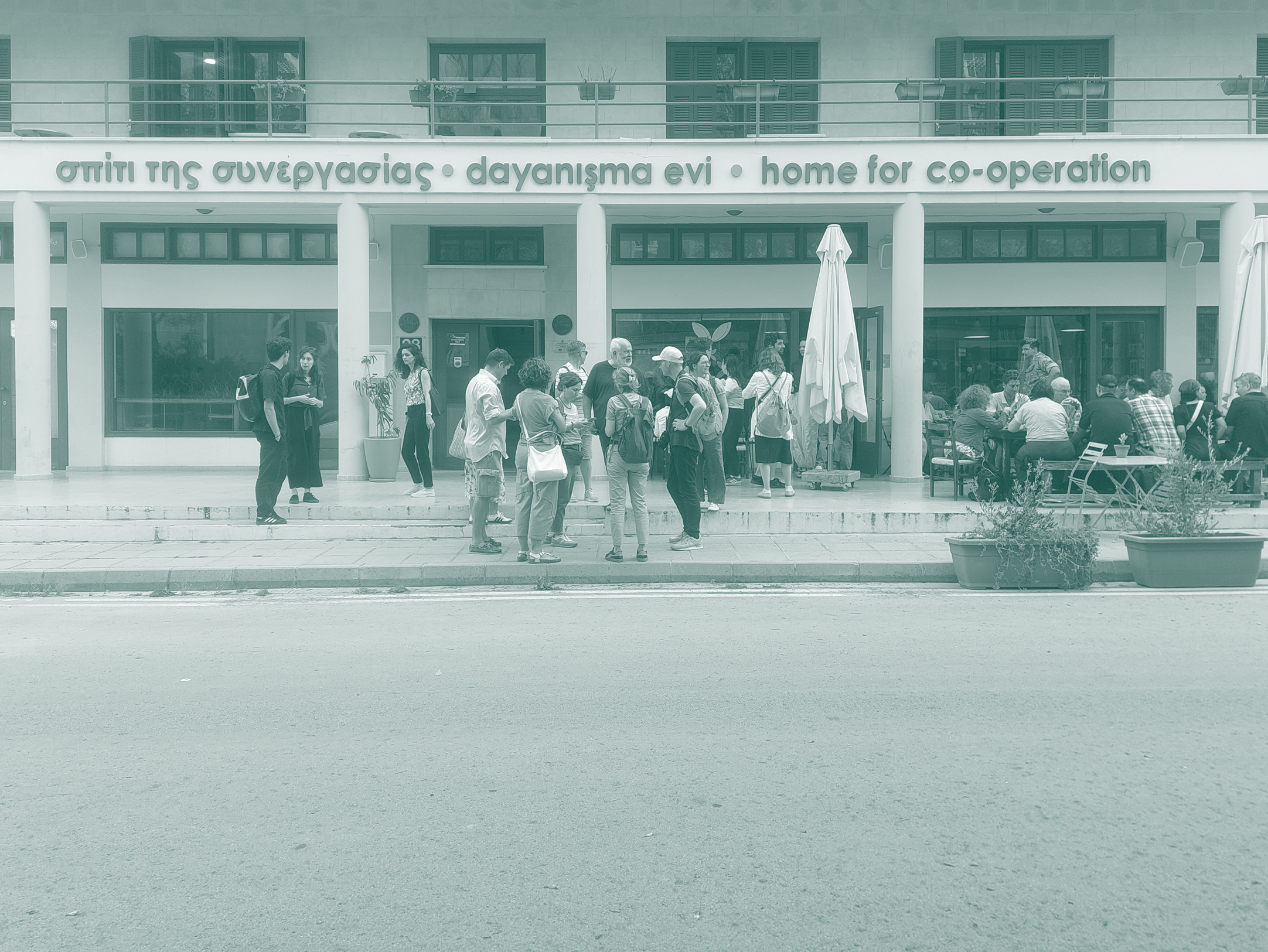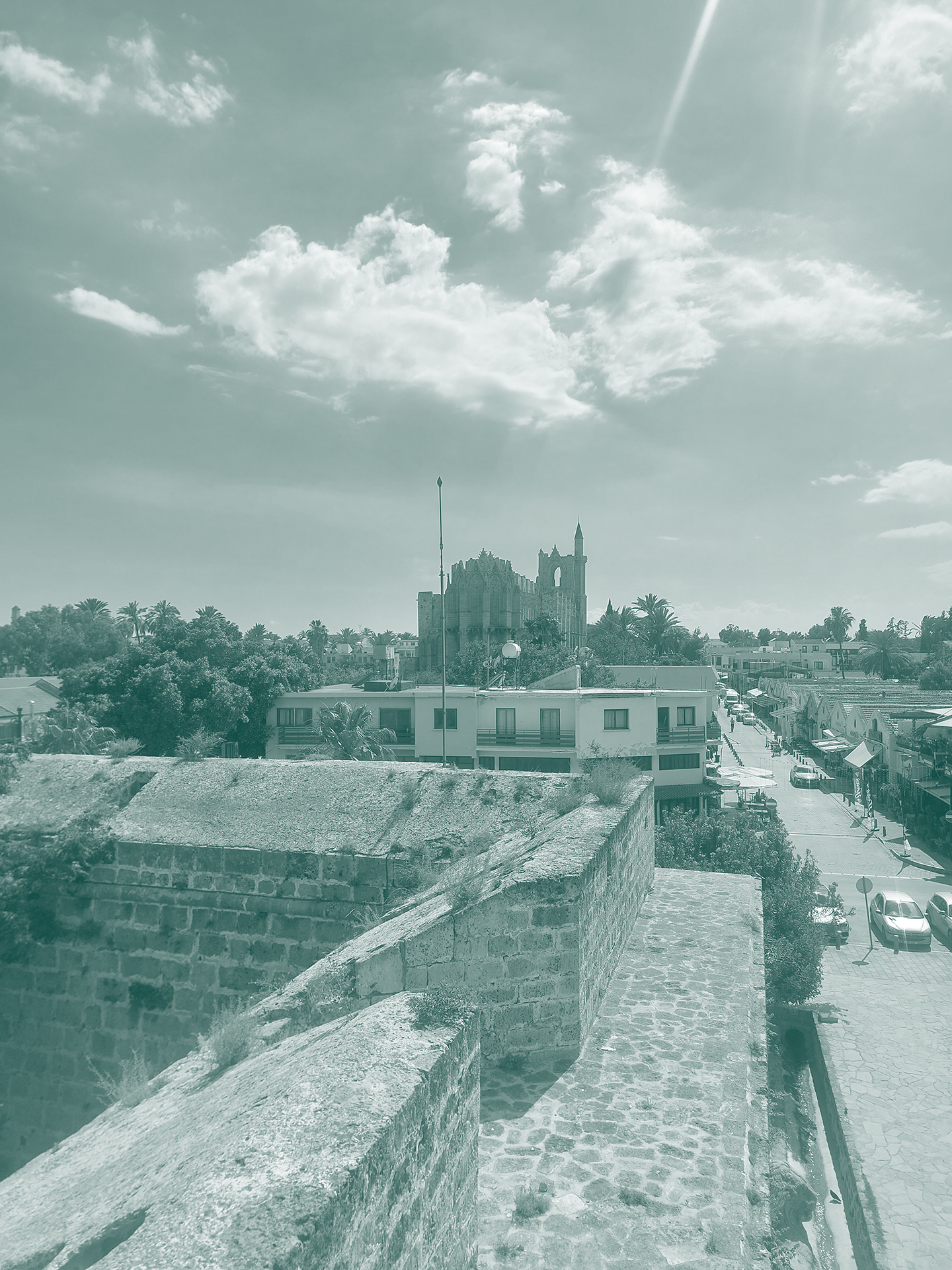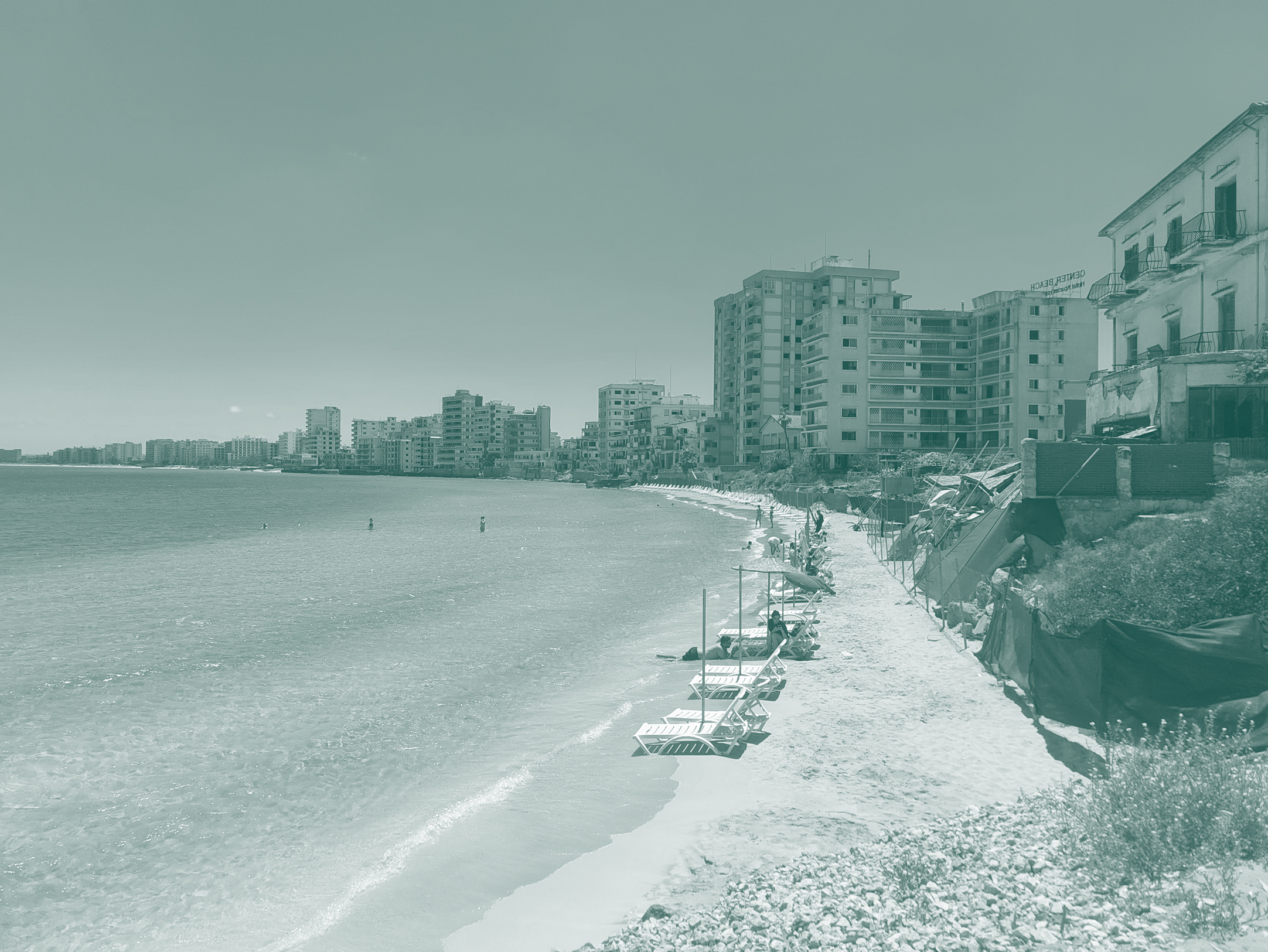From 26 to 28 May 2025, Pyla (Cyprus) hosted one of the most thought-provoking border studies conference worldwide. Held at the Cyprus campus of the University of Central Lancashire (UCLan Cyprus) in Pyla, the last Greek Cypriot and Turkish Cypriot mixed village in Cyprus, the XVII International Conference Border Regions in Transition (BRIT) Contested Borderlands as Spaces of Negotiation and Adaptation took place in the UN buffer zone.
The conference programme featured lectures by leading border scholars – as the keynote speakers Henk van Houtum (Professor of Geopolitics and Political Geography, Radboud University Nijmegen) and Costas Constantinou (Professor of International Relations, University of Cyprus) – and 30 thematic sessions on borders, crossing theorethical understandings, methodological approaches and complex phenomenologies on the lived and grounded reality of borderlands.
On 28-29 May, two field trips in Nicosia, Famagosta and Varosha enriched the academic program with site visits, on-site lectures and wanderings along and across the UN Buffer zone in Cyprus.
Session V-3: Mapping & Framing Borderscapes
On Tuesday 27 May 2025, our research team participated in the session Mapping & Framing Borderscapes, chaired by Prof. Martin Klatt (University of Southern Denmark).
Alice Buoli, Raffaella Coletti & Ingrid Kofer presented Grounding the Global Polycrisis Through the Borderscapes Lens. Insights from Three Italian Borderlands, focusing on the research preliminary results and insights of “Italian Borderscapes After 2020”.
Valentina Rodani, Isabella Traeger & Alice Buoli presented GO! Borderless. Unfolding Cross-border Urban Design and Governance in the European Capital of Culture 2025 Through a Borderscaping Lens, offering a specific in-depth study of Nova Gorica-Gorizia European Capital of Culture 2025 in the Italo-Slovenian borderscape.
BRIT Conference location: Pyla, UN Buffer Zone, Cyprus
Pyla (Πύλα in Greek, Pile in Turkish) is a unique and complex cross-border community in Cyprus, known for being the only village on the island where Greek Cypriots and Turkish Cypriots continue to live side-by-side.
This distinct status stems from its location within the United Nations Buffer Zone, often referred to as the Green Line, which divides the island since the 1974 Turkish invasion. Pyla is legally administered as part of the Republic of Cyprus, but it is policed by UN peacekeepers (UNFICYP).
Pyla is a fascinating case study of how a community navigates political division and maintains a degree of cross-border interaction and shared life, albeit under specific and often challenging circumstances. Its daily life is shaped by a delicate balance of local pragmatism, international oversight, and the enduring legacy of the island’s division.
Conference field trip: Nicosia, 29 May 2025
Nicosia (in greek Λευκωσία, also known as Lefkosia and Lefkoşa) is the capital of Cyprus, divided by the UN Buffer Zone (Green Line) into Greek Cypriot south and Turkish Cypriot north. This historic city, dating back thousands of years, blends ancient Venetian walls and Ottoman architecture with modern commercial and cultural life, serving as the island’s political, economic, and cultural heart. This UN-patrolled strip, varying in width, contains abandoned buildings and areas frozen in time since the 1974 conflict, serving as a stark physical manifestation of the island’s ongoing division.
A key destination of the conference field trip along and across the Green Line was the Home for Cooperation (H4C), which serves as the “International Cooperation Center in the Buffer Zone.” Located in the Ledra Palace area, the H4C acts as a vital bridge-builder. It provides a neutral, accessible space for Greek Cypriots and Turkish Cypriots to meet, engage in dialogue, and collaborate on cultural, artistic, and educational initiatives. The H4C actively promotes reconciliation and mutual understanding, transforming a symbol of division into a vibrant hub for peacebuilding.
Conference field trip: Famagosta and Varosha, 30 May 2025
Famagosta (in greek Αμμόχωστος, also known as Gazimağusa and other names) is a port city on the eastern coast of Cyprus renowned for its medieval Venetian walls that encircle its Old Town. Once a thriving commercial and cultural center, its past reflects diverse influences, as its architectures.
The field trip to Famagusta offered a striking contrast between the historic walled Old Town and the poignant ghost city of Varosha. Once a vibrant Mediterranean tourist resort, Varosha was abruptly abandoned in 1974 during the Turkish invasion, its Greek Cypriot inhabitants forced to flee. It has remained a fenced-off, decaying monument to this sudden departure, with buildings frozen in time. Despite a 1984 UN resolution calling for its return to original inhabitants, this largely went unfulfilled until a partial, controversial reopening to civilians in 2017. This surreal experience of walking through its silent, crumbling streets powerfully illustrates the human cost of conflict and the complexities of unresolved division.






